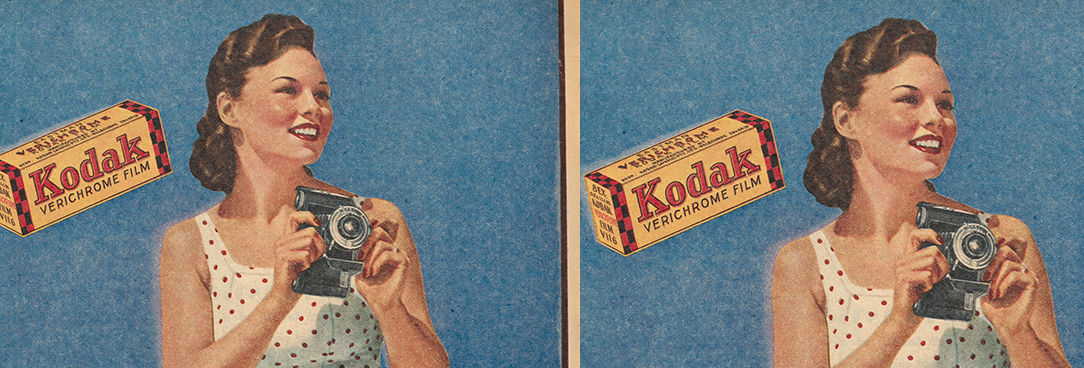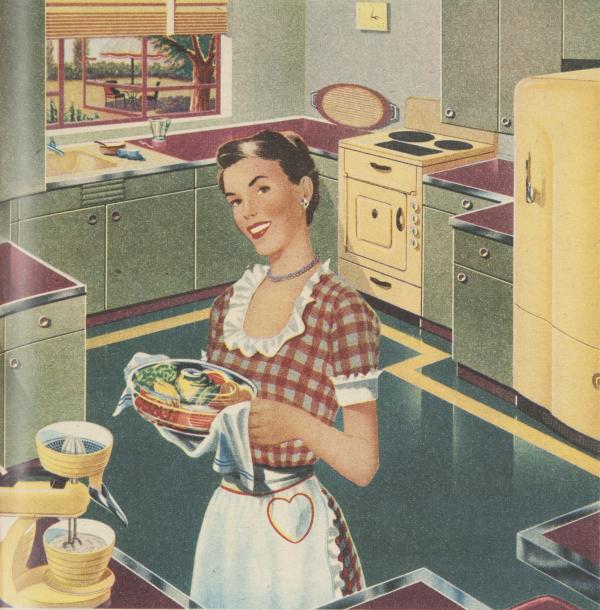Last updated:
We’re surrounded by objects, but have you thought about how important these things are in your life? Do you have a few favourite things you absolutely can’t live without? What about others in your family?
Are objects important for what they do, or what they represent?
This exhibition at the Old Treasury Building looks at the stories behind some of the objects that have shaped the family in Australia over the decades. From the smartphone to a wedding dress; the indoor toilet to the home itself. The exhibition considers how families make and preserve cultural traditions through craft, food, and belief.
Learn more about this exhibition on the Old Treasury Building website.
Location
Old Treasury Building
Spring Street, Melbourne
Image Gallery
Material in the Public Record Office Victoria archival collection contains words and descriptions that reflect attitudes and government policies at different times which may be insensitive and upsetting
Aboriginal and Torres Strait Islander Peoples should be aware the collection and website may contain images, voices and names of deceased persons.
PROV provides advice to researchers wishing to access, publish or re-use records about Aboriginal Peoples


